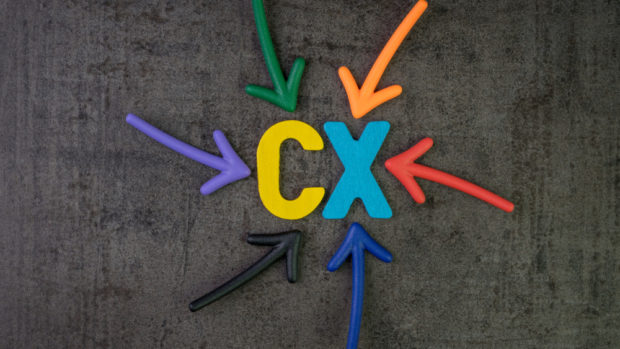
SimplicityDX has announced new research showing that escalating customer acquisition costs are impacting eCommerce profitability for brands and retailers. In 2013, merchants lost on average US$9 for every new customer acquired, but today merchants lose US$29, a 222 per cent rise in the last eight years. Customer acquisition costs and higher rates of product returns account for virtually all of the difference.
Jordan Jewell, former research director at IDC and now analyst in residence for VTEX, commented, “Customer acquisition cost is a massive challenge for brands and retailers. Some brands now find it cheaper to acquire new customers by delivering personalised paper catalogues to their homes rather than acquire them via digital advertising. This would have been unthinkable just a few years ago when marketing through digital channels was a bargain.”
Customer acquisition costs have increased by as much as 60 per cent in the last five years according to industry estimates, but key factors have compounded the challenges for brands, including:
- The introduction of iOS 14.5.
- The demise of third-party cookies.
- Increased consumer privacy legislation such as CCPA and GDPR.
- With 25 per cent of digital ad spend forecast to be spent on social media this year, all brands have been exposed to increased customer acquisition costs due to reductions in the changes to targeting precision.
Charles Nicholls, founding director and chief strategy officer for SimplicityDX, commented, “Social is a massive opportunity to tap into a firehose of eyeballs by injecting shoppable content into social feeds. It’s very clear, though, that best practice is to direct engaged traffic to the brand site to buy. It’s what most shoppers want, and it enables brands to build an ongoing relationship that turns a first-time shopper into a profitable, repeat shopper.”
Collecting consent and first-party data key to profitability
Research also shows the importance of collecting consent for new customers to enable brands to send marketing materials. In 2013, a repeat sale generated US$28 for merchants on average; today, this has increased to US$39 — an increase of 36 per cent. A renewed focus on collecting first-party data, such as customer contact data on brand websites, has become increasingly important as brands struggle to make eCommerce profitable in the post-pandemic period. Driving repeat sales through targeted marketing is the key to getting customers profitable and maximising lifetime value.
This has implications for social commerce in particular, where merchants can enable shoppers to checkout within the social network, because brands do not have the right to market to customers acquired this way. This effectively means that every time a customer purchases through a social network, brands will lose US$29, setting up a perpetual cycle of unprofitable sales.
The quarterly State of Social Commerce study by SimplicityDX tracks consumer sentiment to social commerce. The latest study shows that seven out of 10 shoppers (69 per cent) prefer to check out on the brand site over checking out on social.
Advertisers have been hit hard by changes to privacy settings, reducing the effectiveness of social advertising in particular. This puts additional emphasis on optimising campaigns end to end and especially what happens “after the click.” Capturing an email address and consent to market is fundamentally linked to brand profitability.
“Social checkout looks like a tantalising way to inject shoppable content into customers’ social feeds. But this is ‘fool’s gold’ because it makes no sense in the current environment to pay to advertise to acquire customers for whom you lose US$29 on every sale and then can’t market to,” explained Nicholls.








Share